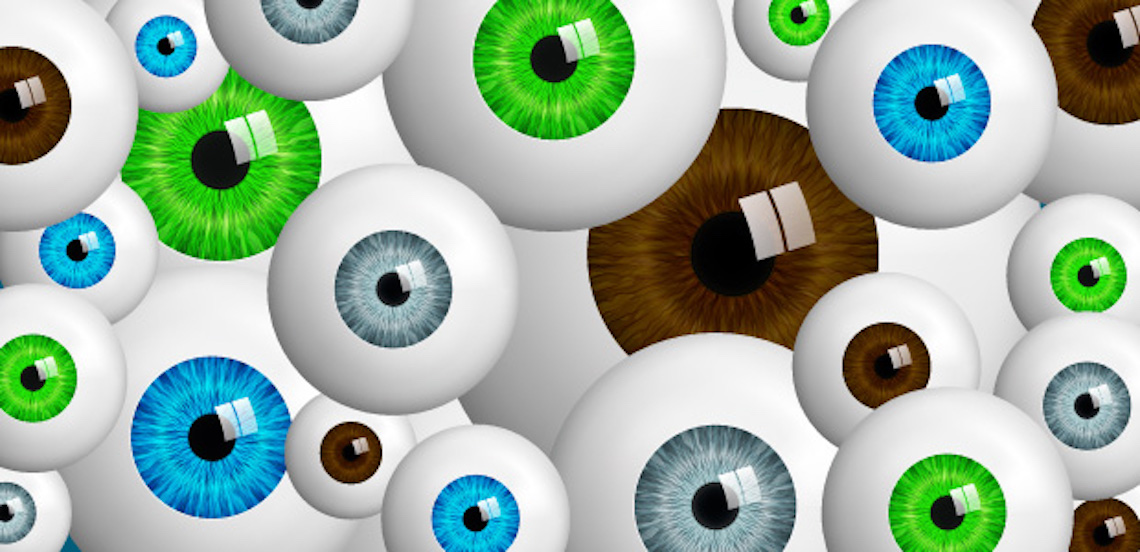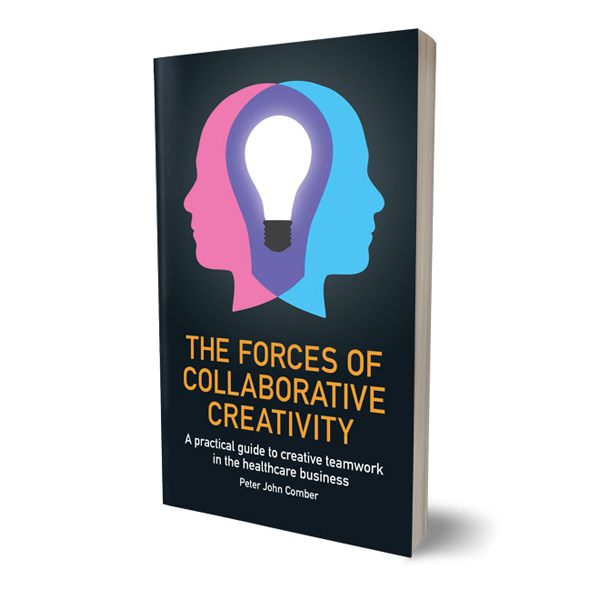The Super Bowl, Sanremo and the Year of The Pig.
A collection of recent media viewing statistics and a some reflections on what they mean.
In true magpie style, I have recently between attracted to the viewing data of televised national events. In the US, Super Bowl LIII drew 98.2 million U.S. viewers for a 67% share. In Italy, the Sanremo Music Festival (which lasts 5 days, each of which is televised) commands a 56.5% share and peaks of 12.1 million Italian viewers. In China, the Spring Festival Gala (which this year celebrated the arrival of the Year of the Pig) attained an aggregate viewership of 1,173 million. The audience, of over a billion, reached more than 621.4 million people in China and another 24.8 million overseas on television, while 527 million watched it on new media platforms.
If we subtract the overseas viewers and calculate the percentage of the Chinese population that watched the Lunar New Year Gala we find it to be a staggering 81%. The same calculation for the Super Bowl gives 30% and for Sanremo 20%.
Coincidently, this week Twitter revealed, for the first time, its number of daily users (previously it released monthly user figures), reporting 126 million. Snapchat reported 186 million daily users. Facebook claimed 1.5 billion daily users. Spotify said it has 116 million ad-supported monthly active users plus 96 million users with ad-free subscriptions. The not ‘failing’ New York Times saw an 18% rise in subscriptions - it now has 4.3 million subscribers (of which 3.4 million are digital subscriptions).
So, what do these numbers mean? Here are some of my thoughts.
The media landscape is richer than it ever has been, which translates into a more fragmented media world that, thanks to martech, can be infinitely segmented and targeted. This can drive efficiency when selling a product, but to build brand awareness, image and for sheer memorability, the big national and international events are still unbeatable.





